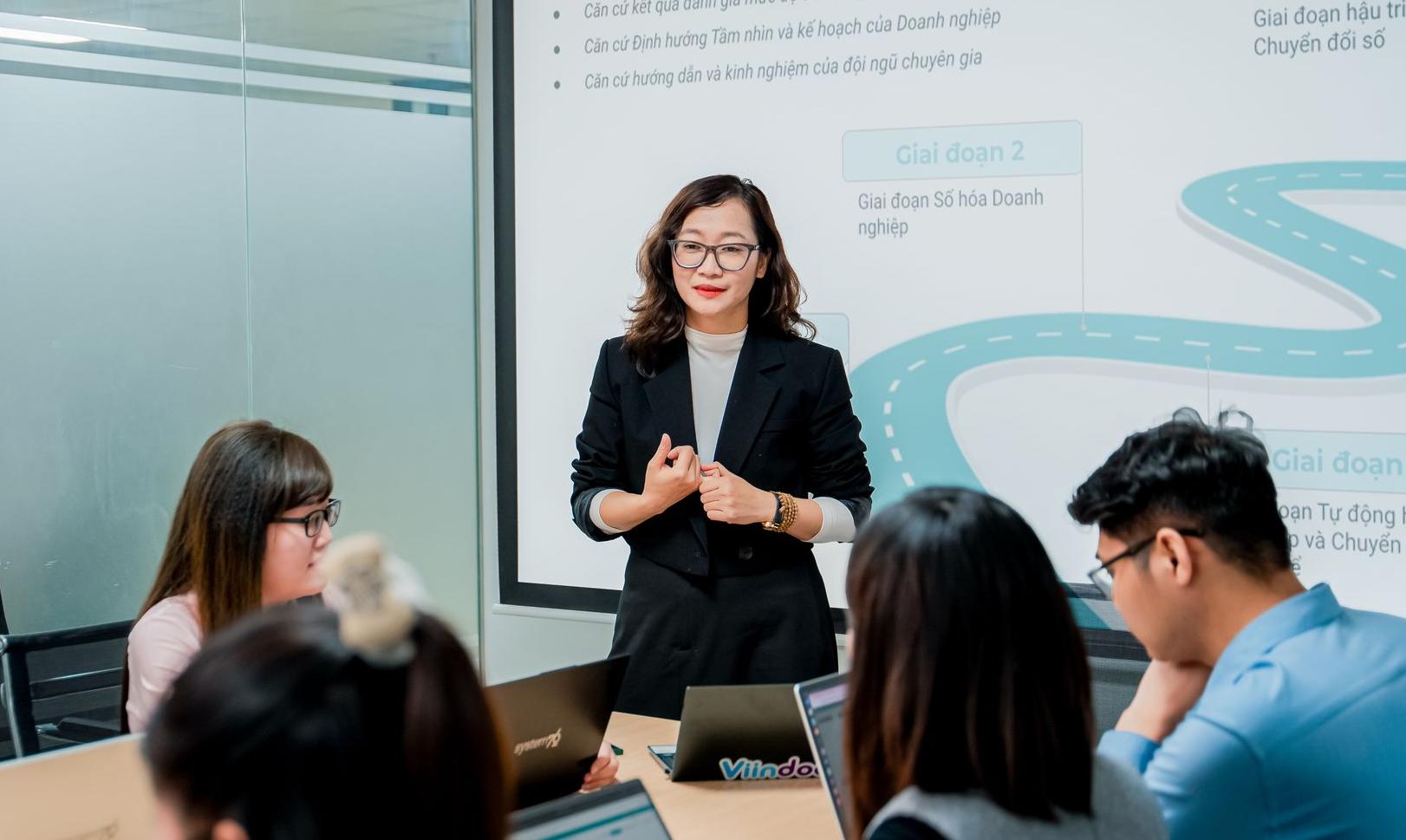In most digital transformation discussions, many organizations instinctively view technology as the decisive factor for success or failure. In reality, however, it is people - your internal workforce - who represent both the greatest obstacle and the most critical driver of sustainable transformation.
According to McKinsey (2018):
"70% of large-scale transformation programs fail to achieve their objectives - most often due to employee resistance and lack of management support."
Why resistance to change become the bottleneck?
For large enterprises, modern technology systems are rarely a bottleneck. Yet despite heavy investment, many transformation programs still fail - or worse, destabilize the organization.
The Psychology of Resistance
Human beings are naturally resistant to change. As the Bridges Transition Model explains, individuals typically go through three psychological phases during change: Ending – Neutral Zone – New Beginning.

Human beings are naturally resistant to change - Bridges Transition Model
- Ending: This phase involves letting go of familiar processes, roles, or ways of working - often triggering loss, anxiety, or resistance when personal value or security feels threatened.
- Neutral Zone: The organization has moved away from the old, but the new hasn’t yet become normal. Uncertainty prevails, motivation dips, and disengagement rises if not supported properly.
- New Beginning: Once people start adopting new mindsets and behaviors, this is when positive energy returns - if leaders are capable of nurturing it.
If a business fails to support its people through the “neutral zone,” it risks a “paper transformation” - where systems are in place but people operate outside of them. This transitional gap is where most transformations quietly fail.
Misunderstanding What Digital Transformation Really Is
Digital transformation is not about buying new software or deploying ERP/CRM systems and expecting results to magically follow. That’s just the visible tip of the iceberg.
True transformation means rethinking how your organization operates - how it makes decisions, collaborates, and executes work - while using technology as a catalyst to enable that change.
>>>> Learn more: Digital Change Management: Walking the line between Innovation and Stability
For example: If a company implements a task management platform but continues managing in a top-down, command-driven style with no transparency or accountability, the software will either be underutilized or add more confusion.
When employees misunderstand transformation as a "tech project," they resist:
“This is just extra work.”
“The system is too complex.”
“We’ve done fine for years without it.”
Legacy Structures That Can’t Absorb New Mindset
Even with the right tools, if your organizational structure roles, workflows, interdepartmental coordination - remains unchanged, the transformation will falter.
Conflicts arise when teams are told to "think differently" but still operate under old KPIs, reward systems, or silos. If the incentive system isn’t realigned, employees won’t have the motivation to sustain new behaviors.
Take this real-world case: A company introduces a modern supply chain system that requires cross-functional collaboration in real time. However, departments remain siloed, and decision rights are unclear. In practice, team leads still work independently, leading to process breakdowns - and a return to Excel for “speed.”
Old operating models - not the software- often become the invisible anchor holding transformation back.
Human-Centered
Approach:
Leading Change from Within
Drawing on our experience with complex transformation projects across large enterprises, Viindoo begins by reshaping the organization from the inside out, applying scientific principles and practical methodologies.

Human - centered approach: Leading change from within
Readiness Assessment
We assess organizational readiness using a proven model that categorizes individuals into three behavioral groups: Resistors, Observers, Advocates
We combine quantitative surveys (evaluating attitude, adaptability, and behavioral indicators) with in-depth qualitative interviews by department or role.
This segmentation enables companies to:
- Accurately identify where resistance or support lies.
- Design tailored communication, training, and support plans.
- Activate internal change agents to drive transformation from within - not impose it from the top down.
- This minimizes hidden resistance, increases ownership, and accelerates adaptation.
Co-Design with Your People
At every phase, we facilitate workshops with internal teams - especially key personnel - to analyze problems, design future workflows, and agree on the path forward. When people build the solution, they understand it - and are more committed to making it work.
We also invest early in mindset training: helping everyone understand the "why" behind change. Core leaders receive deeper coaching so they can mentor others.
This builds alignment, internal ownership, and long-term capability.
Role-Based Empowerment
In each project, we help establish a Core Change Team of cross-departmental key users. This group serves as a bridge between consultants and the broader organization.
After intensive training, these individuals become internal champions - teaching others, resolving issues, and explaining the rationale behind new systems.
This approach builds autonomy. Transformation is no longer something "done to the business" but something owned and driven internally.
Embedding Change into Operations
Viindoo doesn’t stop at deploying systems. We help organizations restructure key operating elements - from task allocation and interdepartmental workflows to performance management and incentives.
The goal: prevent legacy rules from erasing new behaviors.
For instance, if sales enters data manually, warehouses track inventory separately in Excel, and accounting waits for paper documents before recognizing revenue, then no digital system can truly deliver value.
Without shared workflows and aligned responsibilities, even the most advanced software will fall apart.
We help redesign these foundations to create a truly digital-ready operating system - where people are guided by data, clear roles, and transparent processes, not outdated habits.
Final Thoughts
Technology is the most visible part of digital transformation - but people are the roots. Without changes in mindset, behavior, and collaboration, even the best software will fail to take root.
True transformation must start with people.
At Viindoo, we don’t just deliver software - we work with you to build a new way of operating, where your people lead change and technology follows their direction.

